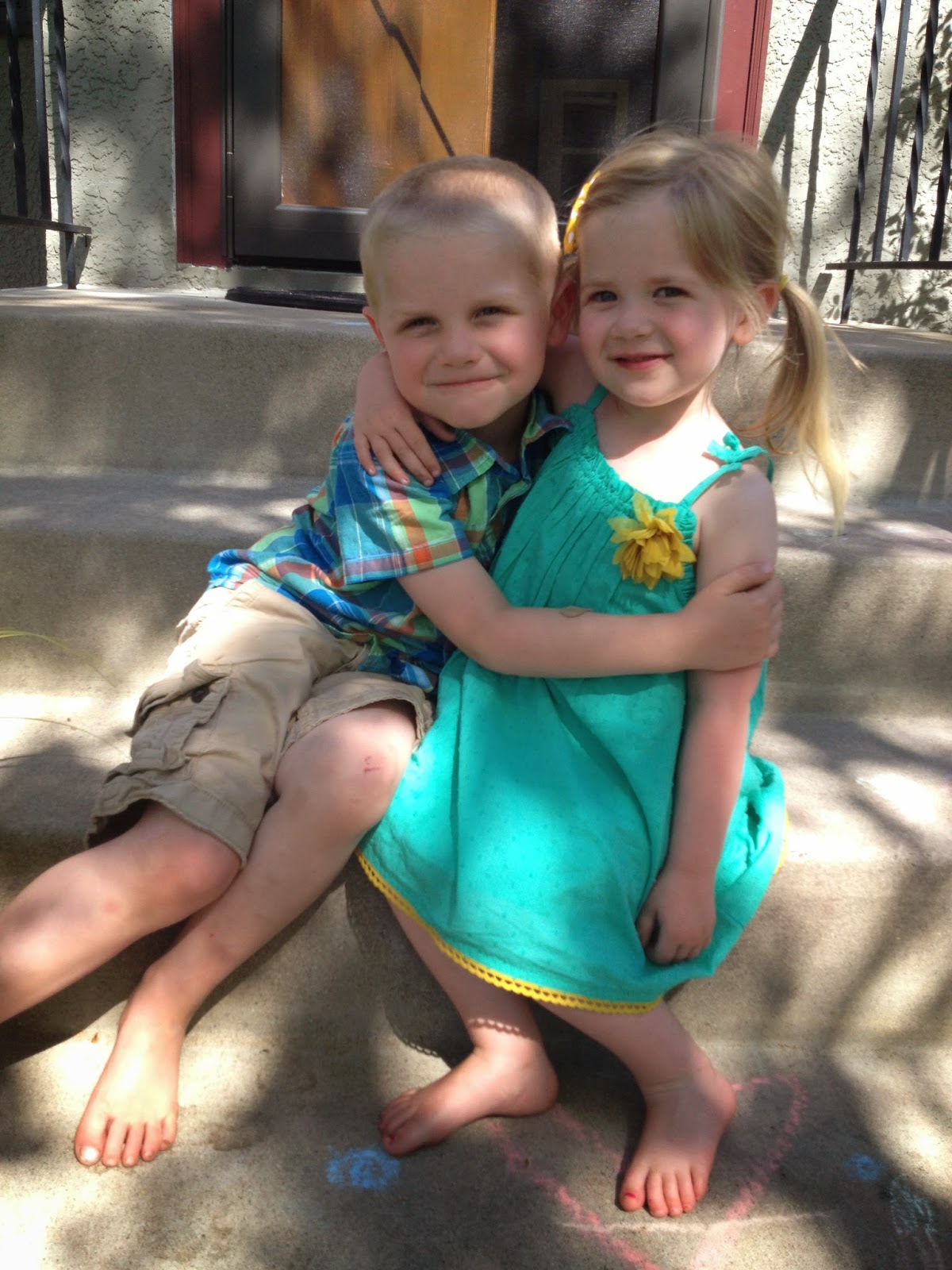 |
 |
 |
| Brad took Atticus to the Minnesota Science Museum to see the Egyptian Artifact collection and a real Egyptian Mummy. |
 |
| A jar that was used to keep the organs of the mummy. Each organ had a separate jar with a specific god as the "cap". |
Below is the typed report Atticus did for the project and had included in his display. He was very excited (and spent quite a bit of time looking) to find the exact typeface he used for his report.
He also displayed the book You Wouldn’t Want to Be
an Egyptian Mummy: Disgusting Things You’d Rather Not Know by David Stewart (seen in his bibliography below) which was the most helpful and kid-friendly (and funny) of the books Atticus read for his research. Brad bought him an interesting photo-heavy book about Ancient Egyptian culture which he also had on the table along with a silly book of Ancient Egyptian Jokes which he had found at the public library. Very Atticus.
Atticus Johannsen
Science
Fair, 2014
HOW ARE EGYPTIAN
MUMMIES MADE?
I did my science project because I studied
pyramids in art, because mummies are in pyramids, and mummies are cool.
I learned what you need for embalming, what
you do to the body, and the modern differences-what they did to the body before
and today.
Needed for the Embalming Ceremony:
#1. Dead body
#2. Linen
#3. Oils and Perfumes
#4. A Priest
What you do to the body:
#1. Scrub body
#2. Remove body’s organs
with special tools (brain removed from skull with a hook up the nose)
#3. Use natron salt to dry
out body
#4. Use the ceremonial
knife (the “slicer”) to cut the body open
#5. Store the organs in
the jars (lungs,liver,stomach,intestines)
#6. After 40 days stuff
the body with sawdust,soil,rags,and chaff
#7. Rub the body with palm
wine and juniper oil; frankincense
#8. Molten resin covers
entire body after it’s stuffed
#9. On the fingers and the
toes put finger caps on the fingers and put the toe caps (with the golden
shoes) on the toes
#10. Wrap in linen (tuck
“amulets” and “good-luck charms” in the layers)
#11. Make portrait mask
#12. Put portrait mask on
head of mummy
#13. Make 4 or 3 coffins
the nest inside each other
#14. Put the mummy in the
smallest coffin.
Modern differences in
embalming:
#1.Today we use machines instead
of hands and hooks to remove a body’s organs.
#2.We take out the body’s blood
and then put in formaldehyde which is a preservative (helps keeps the body from
decomposing).
#3.We take out pacemakers (a
device that keeps a person’s heart beating), but we leave in all organs.
·
You can donate
your body to research/science
or
·
You can donate
your organs to living persons
or
·
Be cremated --
burned to ashes.
·
If you want to
embalm bodies today you can go to college to be a funeral director/embalmer.
Decomposition is the breakdown of the body’s
tissues.
Embalming is the practice of delaying decomposition of human and animal remains.
BOOKS I READ FOR THIS PROJECT
You Wouldn’t Want to Be
an Egyptian Mummy: Disgusting Things You’d Rather Not Know by David Stewart
Action Files: Egypt by Rupert Matthews
Mummies of the Pharaohs by Melvin Berger and Gilda Berger
Mummies, Pyramids, and Pharaohs: A Book About Ancient Egypt
by Gail Gibbons
Egyptian Mummies:
People From the Past by Delia
Pemberton, The British Museum
The Tomb of the Boy
King by John Frank
The Royal Mummies :
Remains from Ancient Egypt by Eric
Kudalis
The Mystery of the
Egyptian Mummy by Joyce Filer
Excerpts from the Wikipedia
articles on “Embalming in Ancient Egypt” and “Animal Decomposition” (read with
explanation by my mom)
I VISITED THESE PLACES TO LEARN ABOUT MUMMIES
The Science Museum of
Minnesota in St.Paul, MN
The Washburn-McReavy
Funeral Home, Uptown Location













































